Congratulations 2024 Residents
The Rabbit Island Residency is pleased to announce the selection of three artists for its 2024 program. Each residency will be supported by an unrestricted honorarium of $3,300 USD, made possible by generous grant funding and donor contributions.
Ale de la Puente
Alyssa Songsiridej
Moheb Soliman
To provide insight into the quality and ambition of the proposals received, we are sharing brief biographies of each, along with the artist statements and residency proposals from the residents' applications. We acknowledge that proposal ideas may evolve as the residents experience life and work on the island. We look forward to following their artistic journeys and sharing their research and work throughout the program season.
Since its inception in 2011, the Rabbit Island Residency has supported the creative endeavors of 45 residents and over 90 collaborators. These residencies have resulted in a diverse range of artistic expressions that critically engage with issues of conservation, culture, and our relationship with the natural world. We are confident that this year's residents will continue this tradition and contribute valuable perspectives to these ongoing dialogues.
The selection committee extends its sincere gratitude to all who applied to the 2024 Rabbit Island Residency program. The pool of applicants was exceptional, and while we regret not being able to offer residencies to all, we are honored to be welcoming and working with Ale, Alyssa, and Moheb this summer.
Rabbit Island 2024 Residency Selection Committee
Beau Carey, 2015 Resident, Artist
Claudia O'Steen, 2021–22 Resident, Artist
Juliana Cerqueira Leite, 2020 Visitor, Artist
Kelly Gregory, 2016 Resident, Architect/Artist
Lucía Hinojosa Gaxiola, 2021–22 Resident, Artist
Rob Gorski, Cofounder/President
Andrew Ranville, Cofounder/Director, Artist
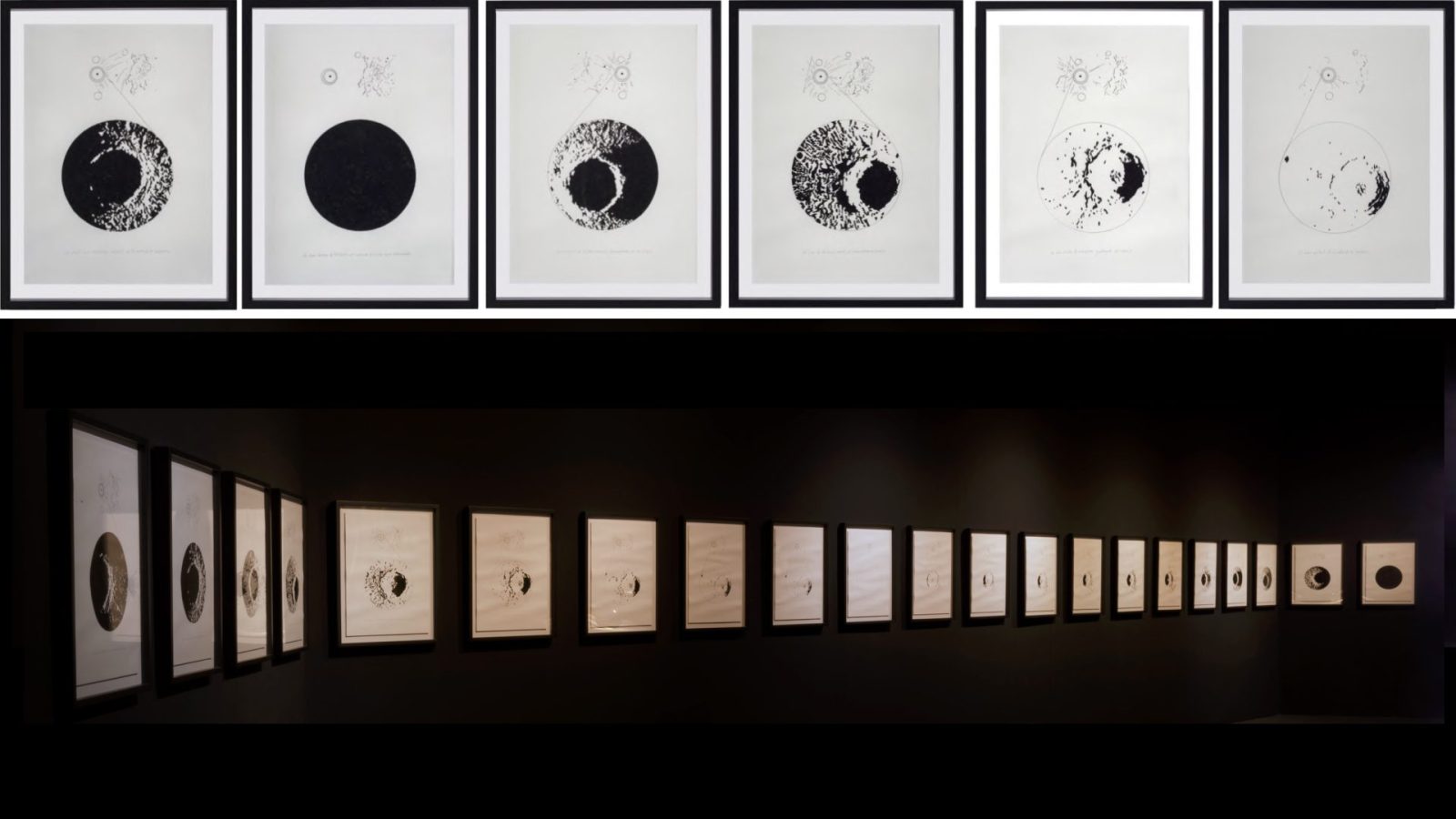
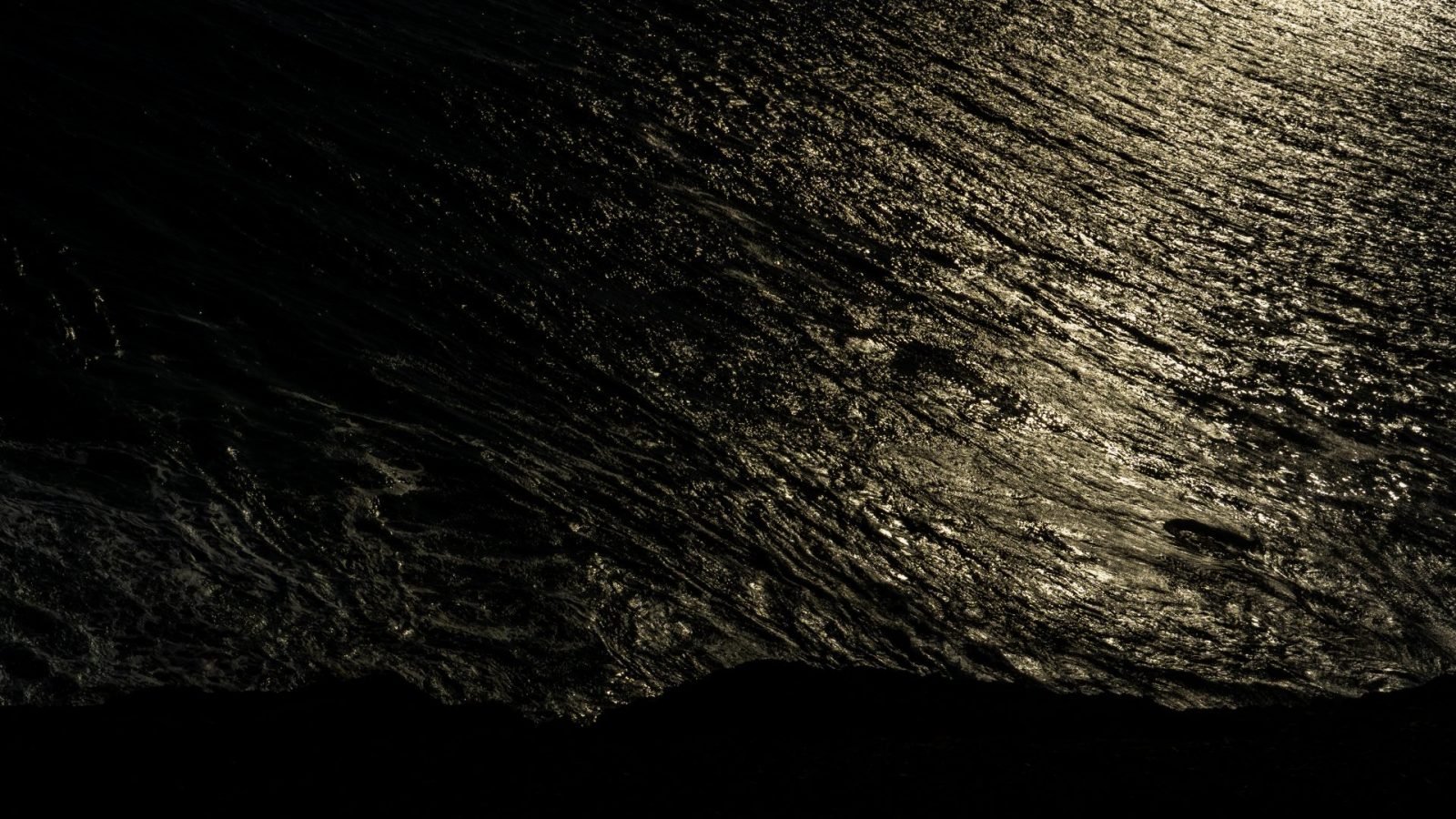
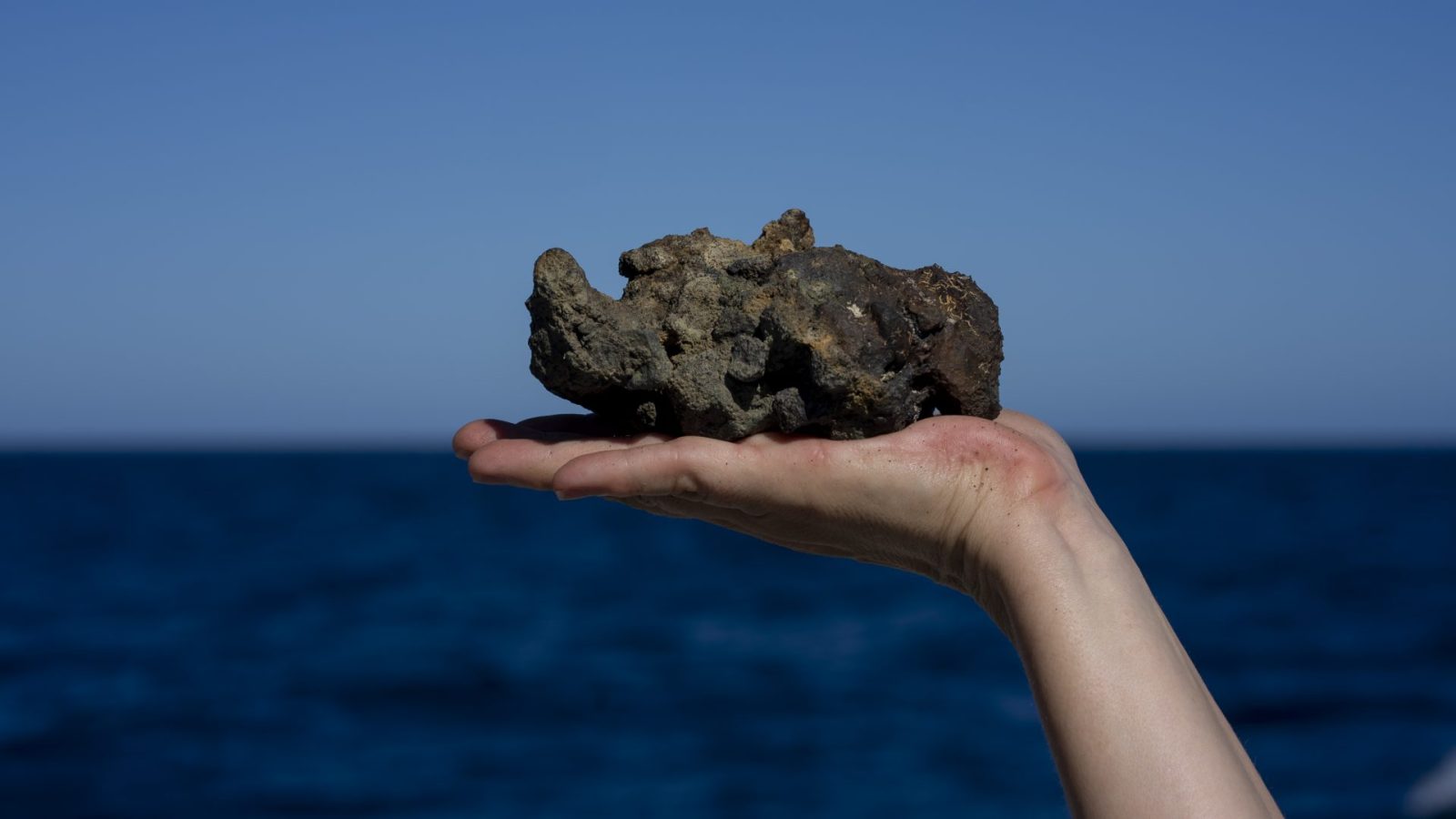
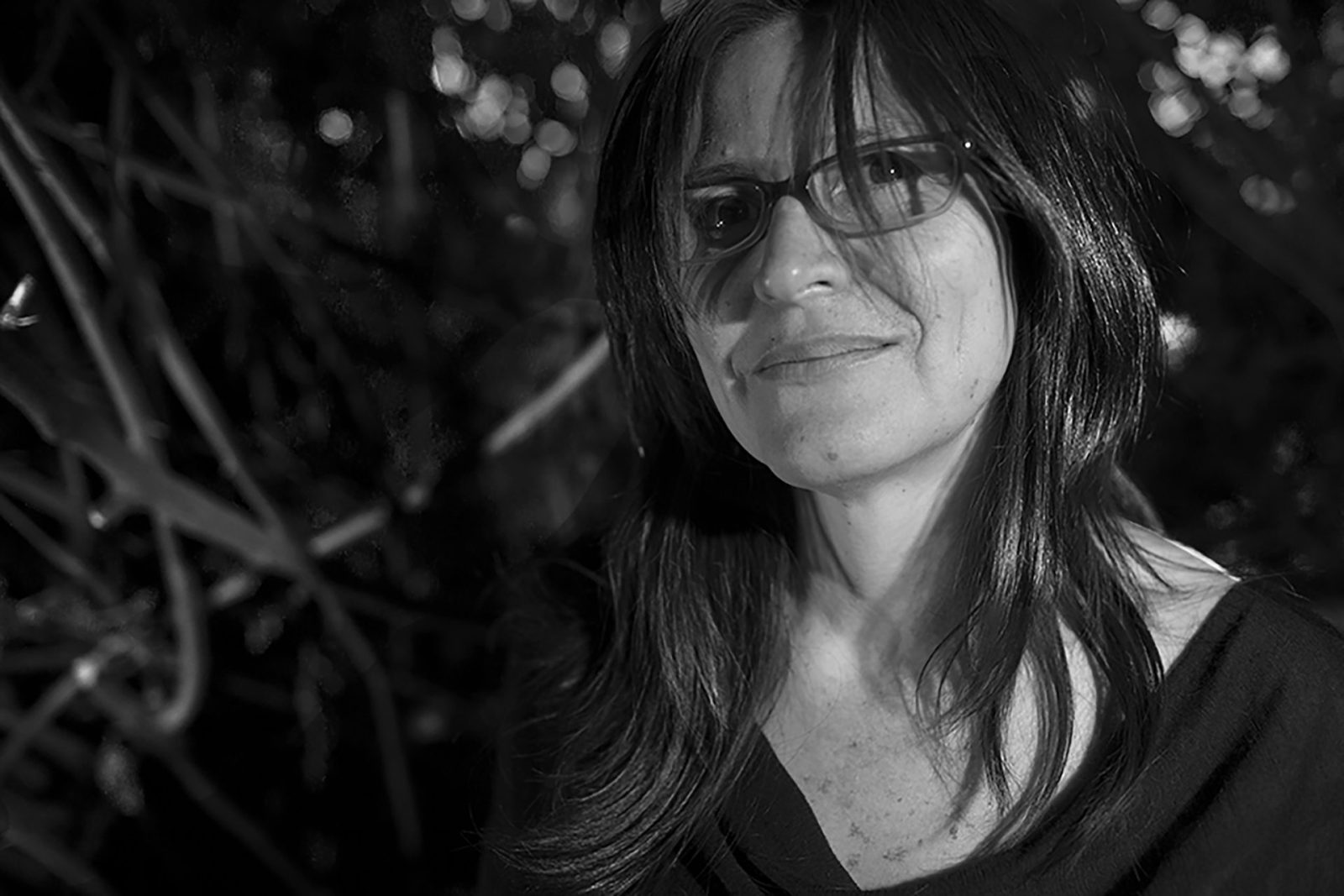
Ale de la Puente
Biography
Ale de la Puente’s work deals with notions of time-space and memory through a continuous construction of poetic relations between experiences given by space and time from a technological, scientific, philosophical, to linguistic approach.
Ale's diverse background (industrial design, goldsmith, boatbuilding) and interests in concepts of time and space have lead her to collaborate with researchers working in various fields—from hypnotism, astronomy, and nuclear physics, to meteorology and mathematics. Ale has collaborated with scientists in the realization of her work, and has developed art projects with the Institute of Astronomy and Nuclear Sciences (UNAM, Mexico), the European Center for Nuclear Research (Geneva, Switzerland), the Roscosmos State Space Corporation (Moscow, Russia) and the Kosmica Institute (Berlin, Germany).
Among other distinctions, Ale has been a fellow of Mexico's National System of Creators twice, has obtained an Honorable Mention at Collide@CERN Ars Electronica in 2013, received the Visual Arts Award of the SIVAM Foundation in 2006, and received a fellowship Pollock-Krasner Fellowship (1999-2000). During 2021, she participated in Artists@Sea, a scientific research expedition of the seabed in the Gulf of California aboard the ship FALKOR, an initiative of the Schmidt Ocean Institute. Ale exhibits work nationally and internationally, and is featured in several public and private collections.
Ale is based in Mexico City, Mexico.
Artist Statement
I am interested in poetic and conceptual explorations of time and space across a wide range of mediums, from installations and sculptures to drawings, photography, music, performance, and video. This includes art-science expeditions in search of symbolic natural phenomena, how we signify them, and how we relate to the given meaning. As an artist, I deal with questions that concern scientists and philosophers alike. I am interested in diverse cultural and social contexts informed by past and present events as well as our imagined or expected future events.
Collaborations with diverse disciplines and professions have nurtured my work, but the intimate act of observation is also a central activity in my creative process; this is how I ask myself about what coincides—near, far, and in movement—about points of view and about what coexists beyond space-time. I am interested in how technology, language, culture, history, etc., has affected our perception of time and space and our relationship with nature, even though our presence here is still limited by time and space.
Proposal
It goes like this: ___ Do you know the song?
My proposal during my residency is to create a score that captures a brief fragment of Rabbit Island's existence.
Each place has its own song, a symphony of the rhythms given by nature. The basic pace of everywhere on Earth is the moon cycle, the Sun, solstices, and equinoxes. Then, the distinction of each place is given by its meteorology due to the territory's qualities, followed by fauna and flora. Throughout time, years, and centuries, the rhythms of nature have changed. Our ancestors had observed and registered nature as a necessary act of survival. Observing the rhythms that repeated and the exceptional events of each year, they found the basis for our knowledge of nature. In the beginning, it could have been cave paintings, stone carvings, totems, songs, myths, storytelling, the way human beings create a memory of the natural rhythms, then (you know the history). And now, as a society, our central relationship with nature is data.
I propose to observe and create a notation of everything that happens, moves, changes, or stays still on Rabbit Island and what my senses can reach. I will work with sunrise, sunset, and the moon as a rhythm (I chose the dates that include nearly the time between full and new moons).
The artwork will be a notation of the changing skies, clouds and winds, light colors, sounds, and fauna and flora's presence and behavior, from leaf fall to insect call.
I foresee an artwork that involves a contemporary score made out of drawings, possibly by objects (sculptures) that musicians or singers could perform. The specific time of the residence score and the imagined one of its origins and becoming. Other possible outcomes include a performance, an artist's book, storytelling, or other media.
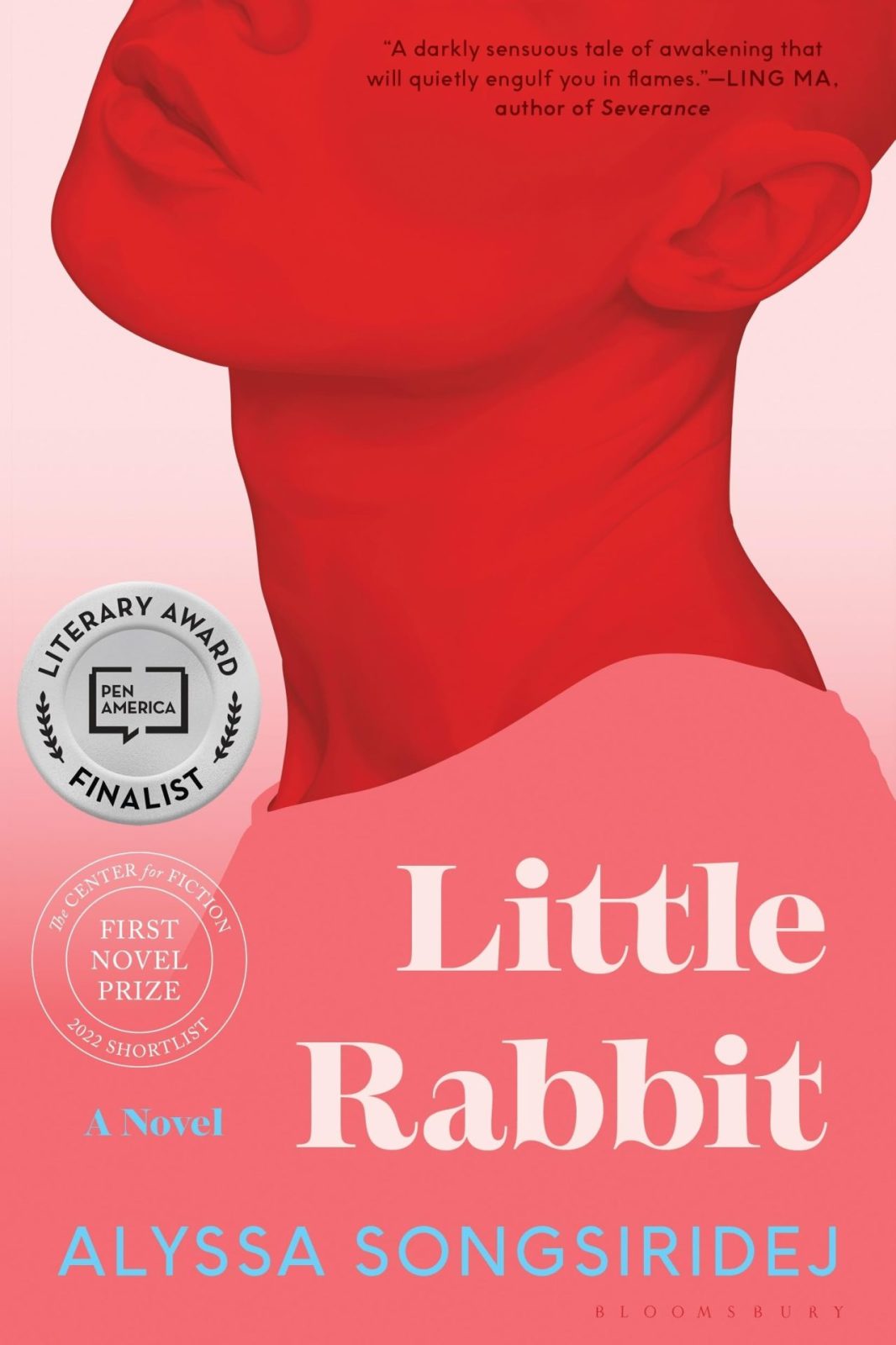
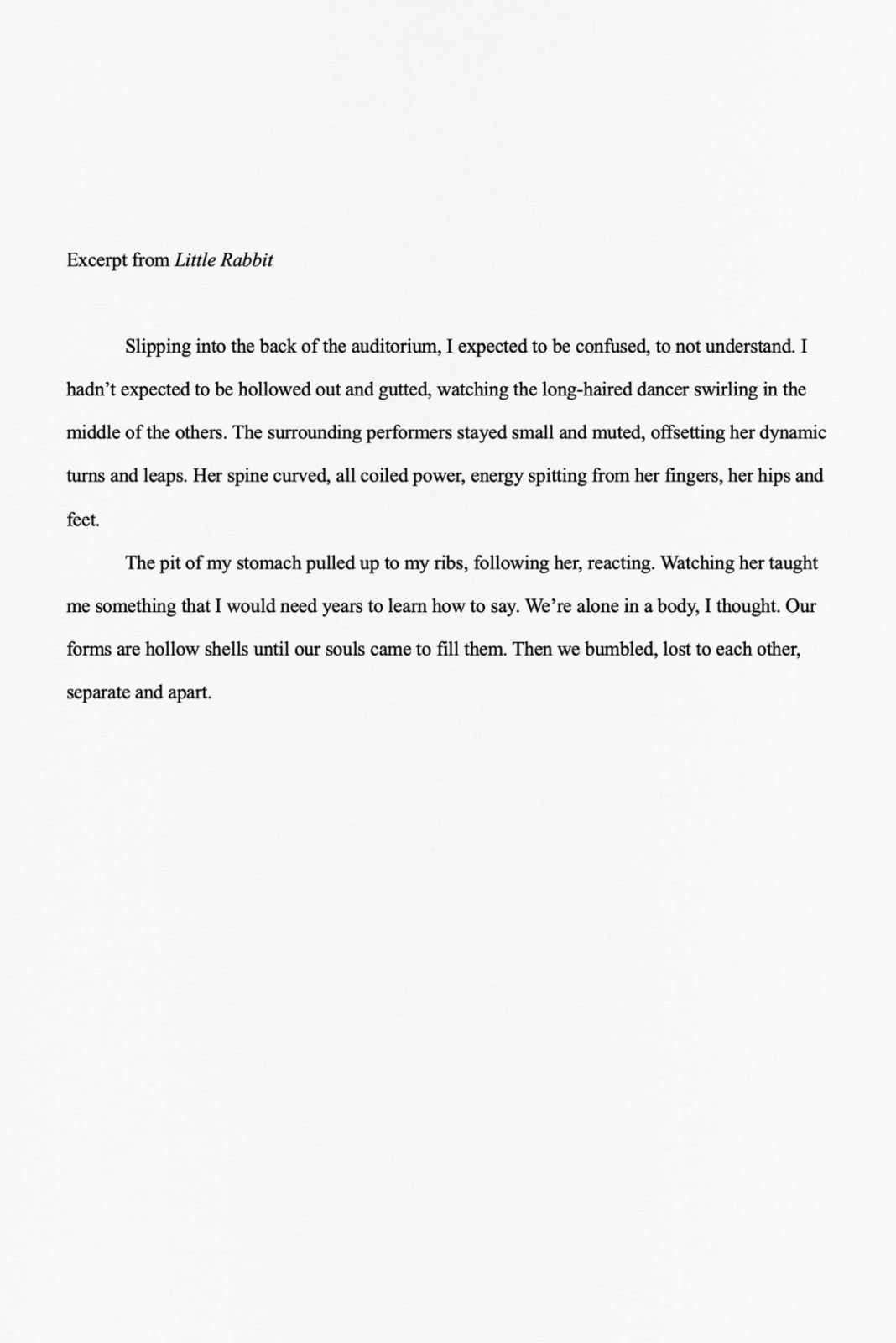
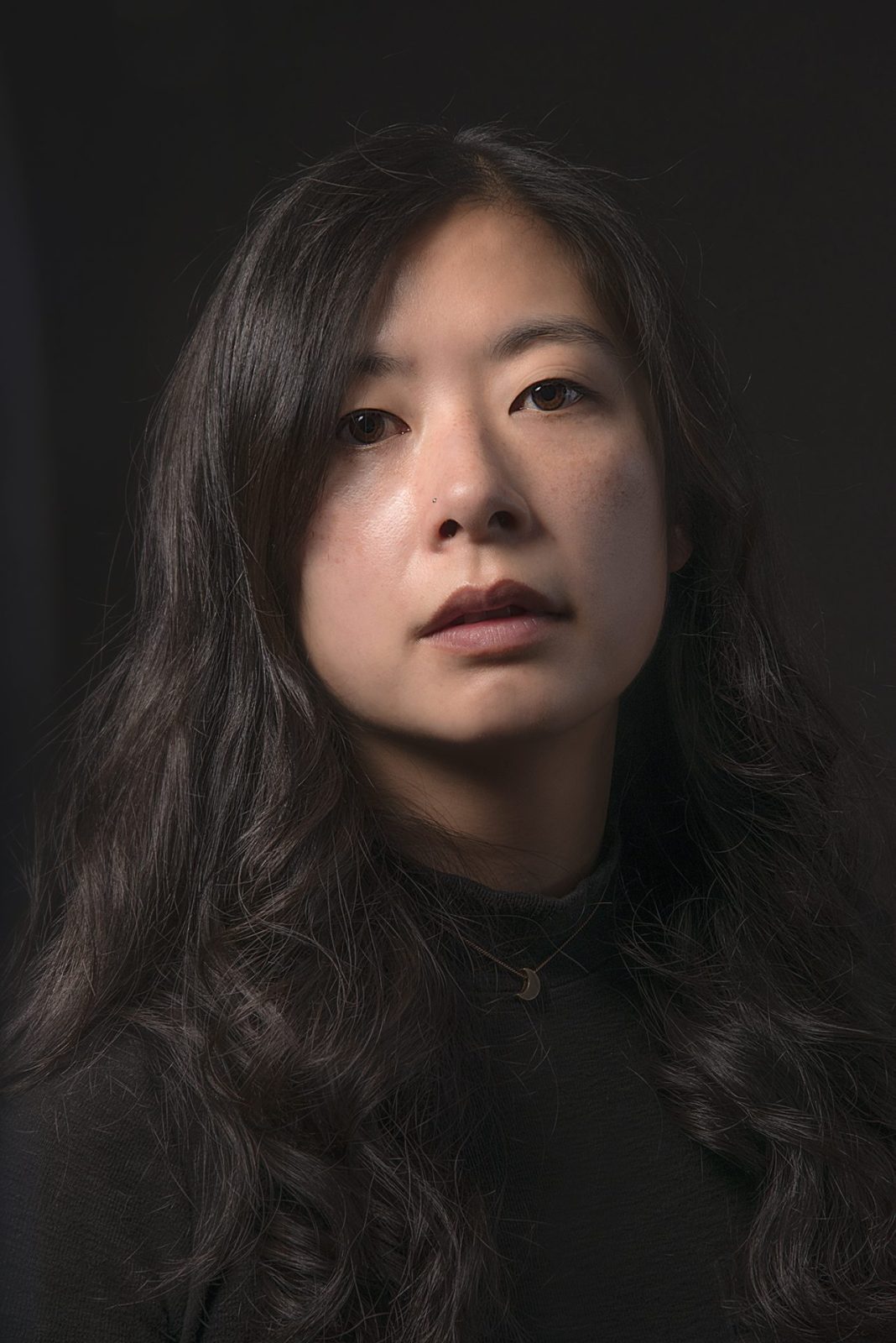
Alyssa Songsiridej
Biography
Alyssa Songsiridej is the author of Little Rabbit, shortlisted for the Center for Fiction First Novel Prize and a finalist for the PEN/Hemingway Award and the Edmund White Award. She is also a 2022 5 under 35 National Book Foundation honoree, and lives in Philadelphia.
Artist Statement
I’m a fiction writer interested in the mutability and strangeness of identity, particularly as it intersects with culture over time. My work explores how the self is influenced by society and the environment. I am particularly interested in the embodied experiences of women, typically Asian American bisexual women who exist on the fault lines of different identities. For example, my first novel, Little Rabbit, follows a young queer writer as she embarks on an intense affair with an older male choreographer, exploring the challenges and complications of making art under capitalism. Recently, as my peers and I grapple with parenthood under climate catastrophe, my interest has grown to include our role as human animals, and our obligations and responsibilities to each other and the planet. My new project explores a woman’s experience of pregnancy in an accelerating moment of climate change on remote and increasingly dangerous island off the coast of southern New England.
Proposal
My project is from the point of view of a pregnant woman who has fled her marriage for a remote island, which increasingly becomes its own active character in the novel. My experience on Rabbit Island will give me the critical sensory details and experience needed for this aspect of the work. The rough outline of my project concerns Tesa, who at age 37 becomes unexpectedly pregnant. Because her husband is morally opposed to having children due to climate change, she avoids telling him and instead moves with her friends to the aforementioned island.
The goal of this work is to depict climate change in a realist mode, rather than a speculative or “cli-fi” lens. I’m highly influenced by Amitav Ghosh’s 2015 book, The Great Derangement, which argues that modern literary novels are built on improbable but believable human actions, instead of the probable but unbelievable transformations of the natural world. This focus on the individual limits the novel's ability to address the broad societal upheavals caused by a warming atmosphere.
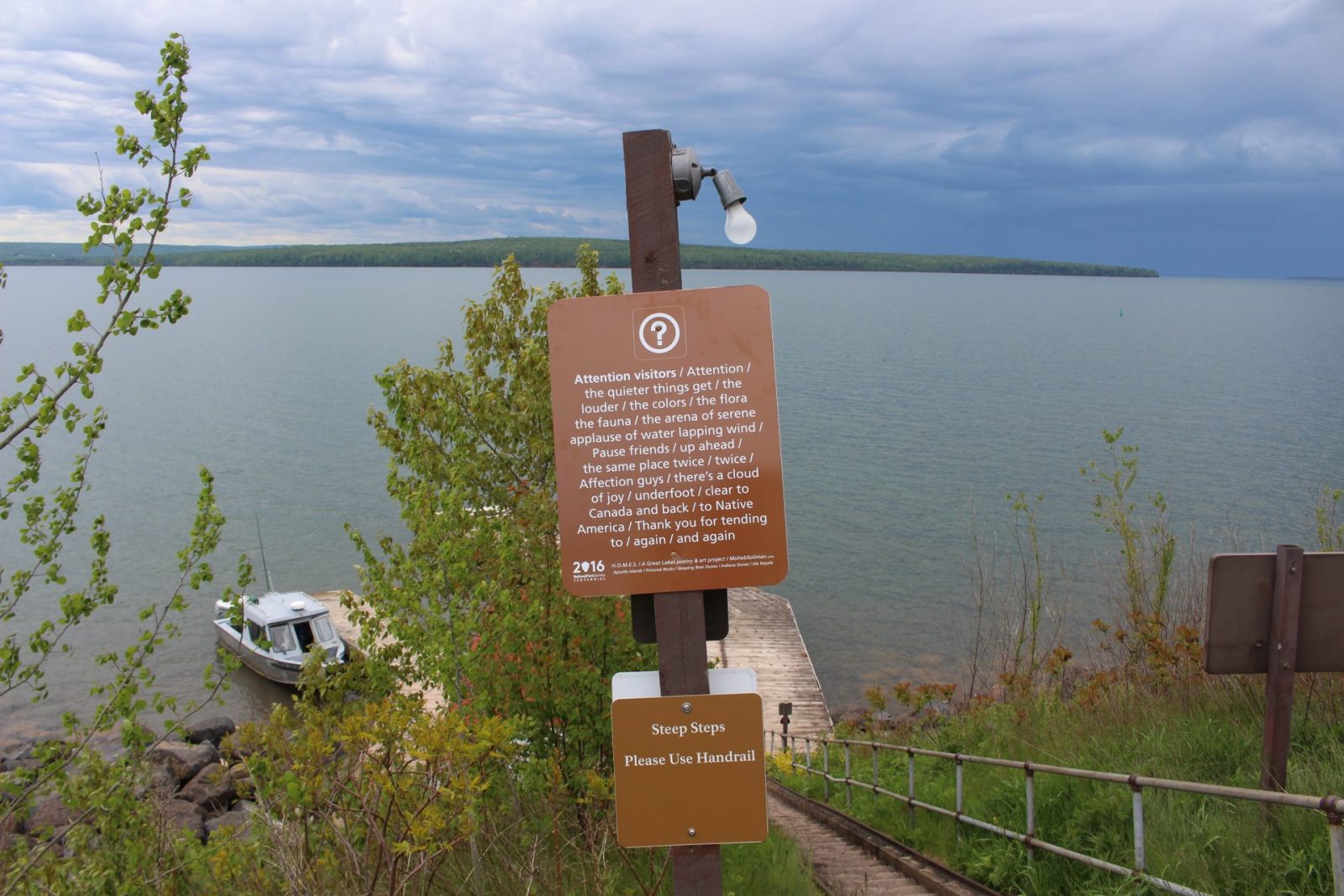
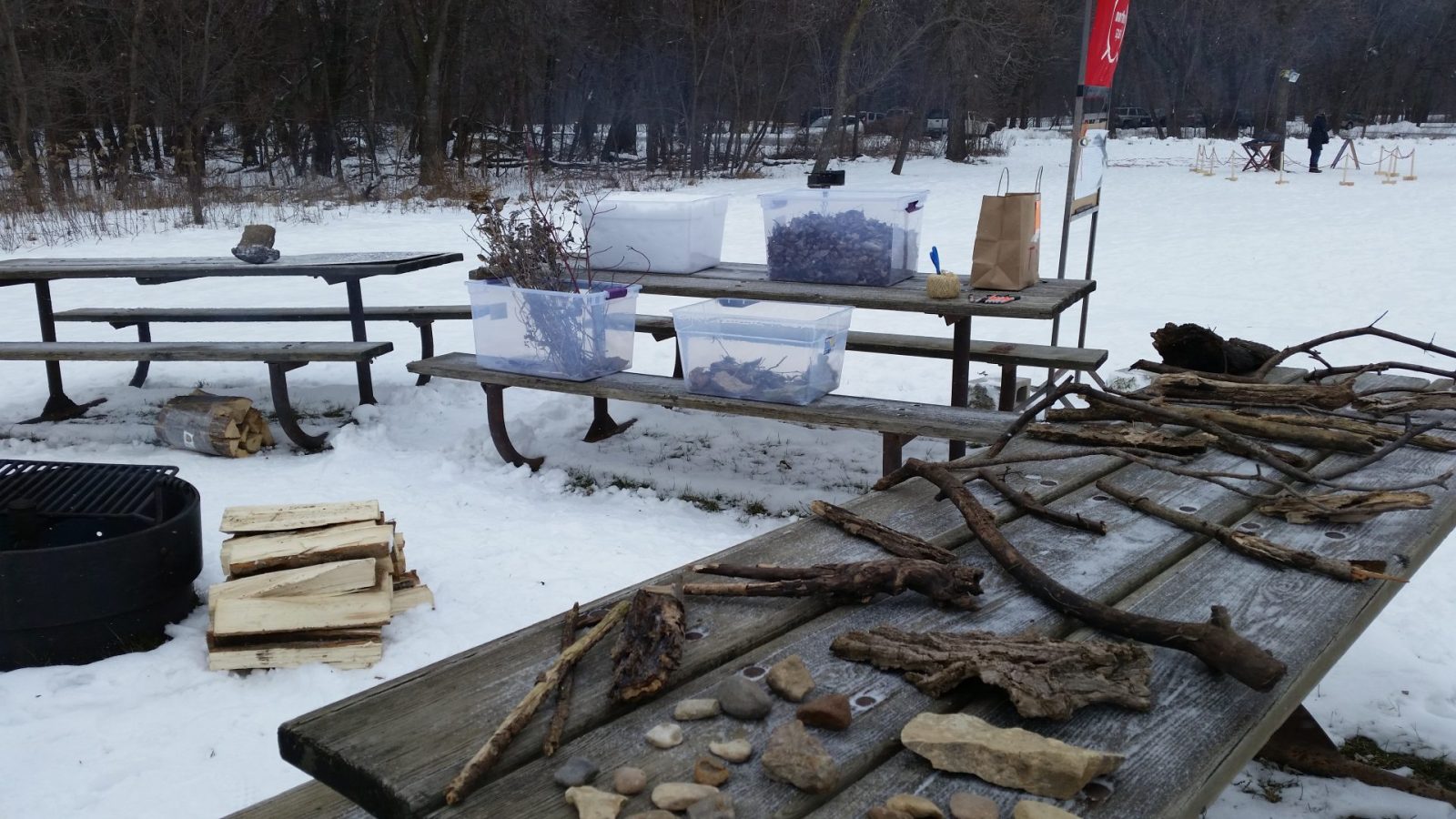
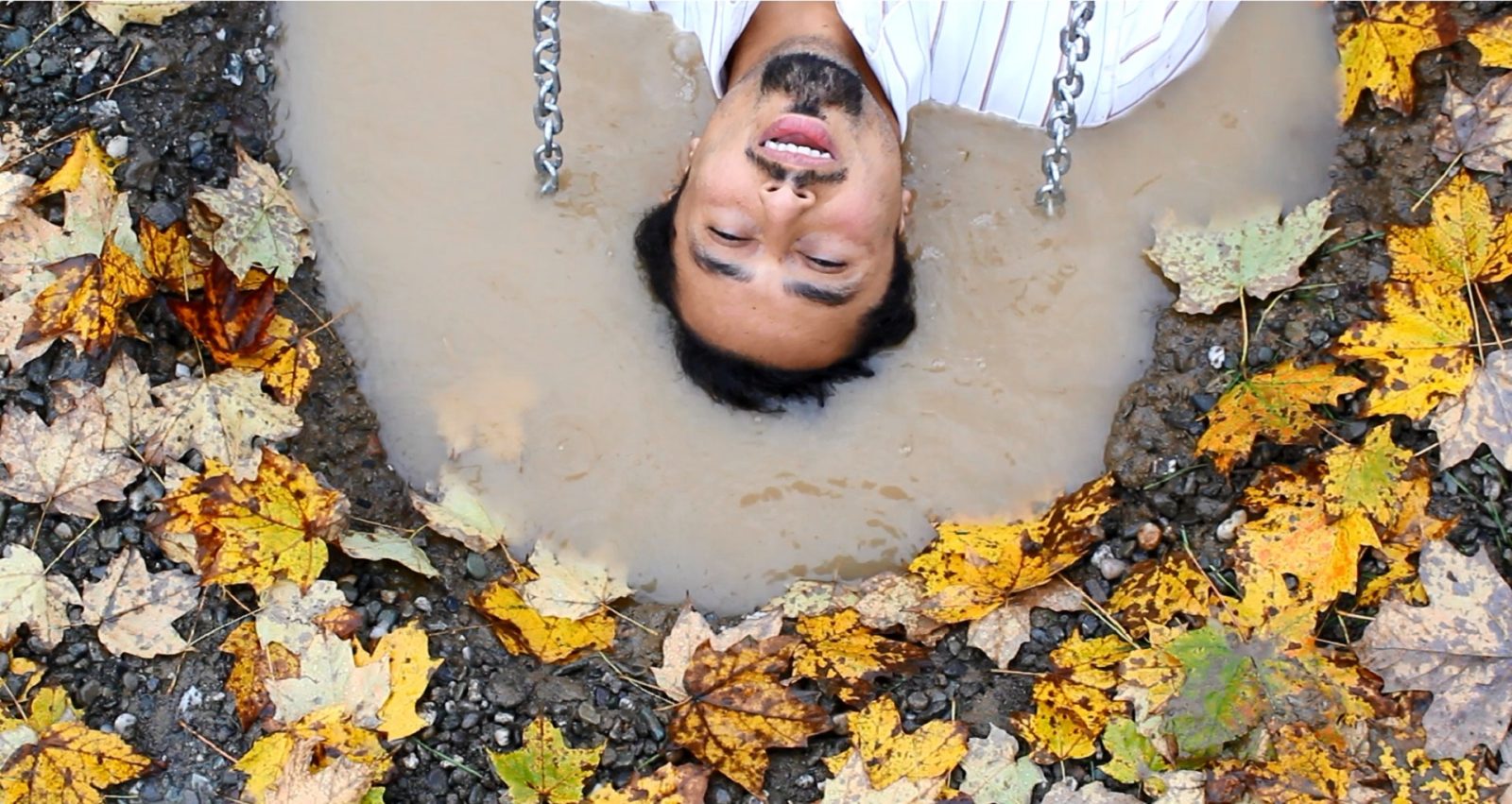
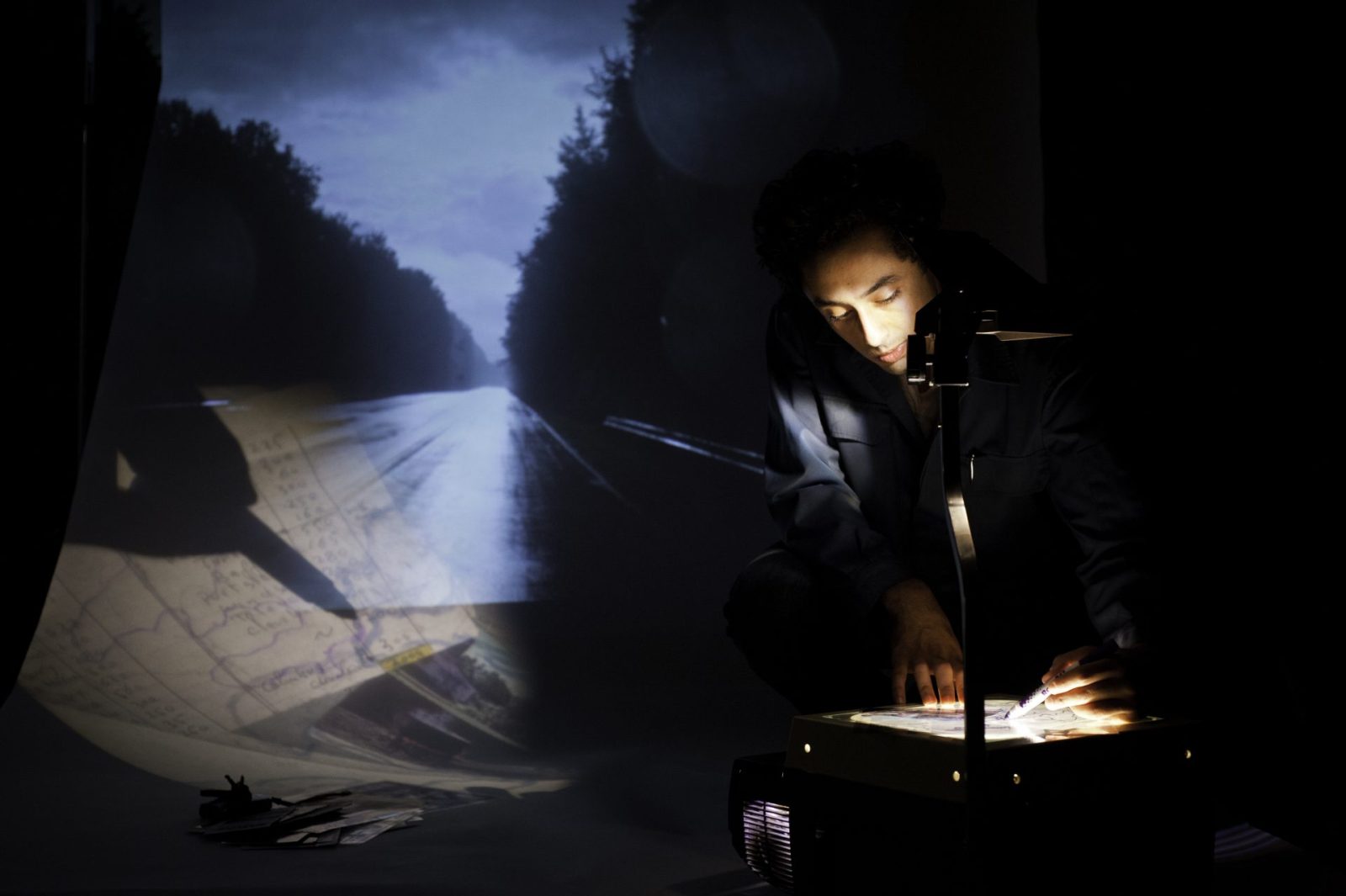
Moheb Soliman
Biography
Moheb Soliman is an interdisciplinary poet from Egypt and the Midwest who has presented work at literary, art, and public spaces around North America and abroad with support from diverse institutions. His debut poetry collection HOMES was a finalist for several awards and explores nature, modernity, identity, belonging, and sublimity through the site of the Great Lakes bioregion/borderland. He lives in Minneapolis in the Dakota and Anishinaabe homelands of Minnesota where he was program director for the Arab American arts organization Mizna before receiving a multi-year Tulsa Artist Fellowship and recently a Milkweed Editions fellowship.
Artist Statement
I consider myself an interdisciplinary poet, working with language in performance, installation, and video projects, often in site-specific ways in art and public spaces, sometimes using social practice and other relational methods. For more than a decade, I've returned to themes of nature, modernity, identity, and belonging through the site of the Great Lakes region. As a child immigrant from Egypt to the Midwest who’s lived on both sides of the border, issues of place, home, and otherness have been deep preoccupations for me. My work takes up the concept of the non-human living word both as an intimate axis for identity like race or gender, yet also as a "supreme other" for which we're always reaching and projecting onto. It takes up in critical and creative ways the nature/culture dichotomy and the tensions of environmentalism and identity politics in shaping contemporary life. The Great Lakes are an unparalleled site for exploring the above as hyper-industrialized yet sublimely wild; brutally colonized but incredibly diverse; the world’s largest watershed, and also borderland. My projects engage these issues through an insider-outsider experience, shared by many around the region and beyond.
Proposal
This is a performance art project, and an existential one. A deculturization project; a naturalization project beyond nation-state terms. This is symbolic, speculative, sublime (scientific sense).
I will go to Rabbit Island and return as the artist formerly known as Arab American. I desire to shed this troubled identity on behalf of all who find race, if reclamatory and celebratory, also limiting and poor. It’s too much all these years, tossed between spectral ends of mass prejudice and peer pressure, vigilance and burden. We need an out. Both raced bodies and a post-racial world are problematic—let me guinea-pig the latter, settle new space in-between.
Through daily protocols of embodiment, poetry, audio and video, and other site-specific methods, I aspire to re-orient to the trans-human living sphere. To cease being marginal, foreign species, transplant, and become an American; or no, a North American; no—GREAT-LAKESAN—a whole bioregional being, non-native yet non-invasive non-taxonomized member of a heterogeneous place-based community.
Somewhere between Donna Haraway’s cyborg ecofeminism, Joseph Beuy’s performance I Like America and America Likes Me, and the fathoming pangs of Egyptian singer Umm Kalthum, I will make brief life and art shucking this body and inhabiting the creaturely. I don’t know what I’ll become; I know what I seek to transcend. I feel others like and unlike me will find the process equally illuminating, challenging, liberating, impossible.
